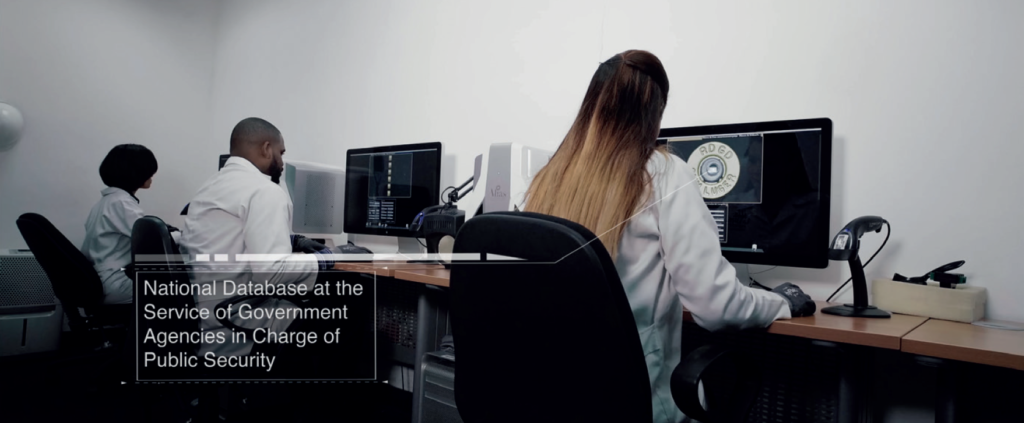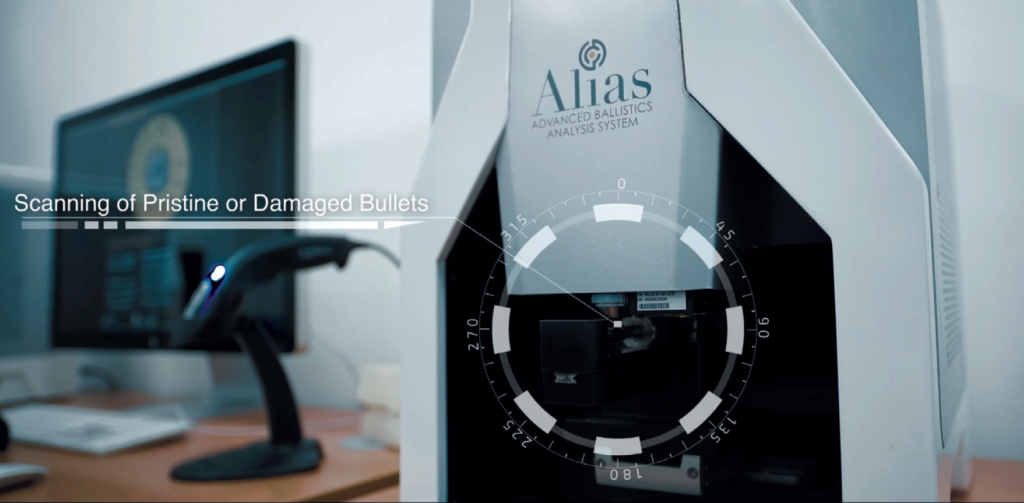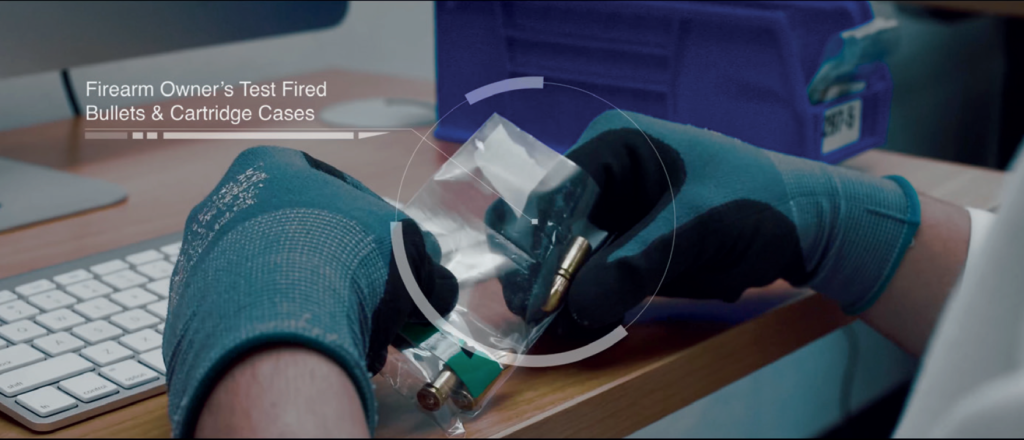In order to properly address the escalating nature of crime, to preserve life and plan for the kind of future we want for ourselves and coming generations, law enforcement agencies need a proactive approach to help create civil societies. All people have the right to conduct their lives in a just society where they can enjoy the safety and security they are entitled to as a human right.
Violent crime is a growing problem in much of the world. All nations are vulnerable to the collateral effects of such criminal activities. Meanwhile, global economies depend heavily on a variety of economic factors, including tourism as well as financial investment into primary, secondary, and tertiary sectors such as infrastructure, mining, agriculture, or hydro power.
Violent crime, especially well publicised violent crime, causes tourists to consider other options and destinations for their vacations and investors to consider other locations for their operations. With the aftereffects of the economic meltdown still overshadowing the global economy, the ability for countries to attract tourists and foreign investment has never been more critical.
Addressing violent firearms crime from a strictly forensic analysis perspective is only one element of identifying violent individuals and exposing them to the justice system of their country. The foundational pillars for a National Security Initiative as it relates to the examination of expended cartridge cases and fired bullets, specifically, will depend upon the ability to provide comprehensive services across, as well as between, the following domains:
- Forensic Ballistics – the forensic process of examining the characteristics of firearms as well as any cartridges or bullets left behind at a crime scene,
- Firearms Management – initiatives requiring individuals to formally record ownership of their firearms, usually with a state or federal agency, and
- Criminal Intelligence – developing investigative leads for detectives by allowing law enforcement to mine and analyse their own forensic ballistics evidence.
This article will address the second domain of the aforementioned, i.e. firearms management, by documenting a real world case.
Firearms Management (Registration)
More and more countries are either considering or passing laws to support initiatives requiring individuals to formally record ownership of their firearms, usually with a state or federal agency.
“Violent crime, especially well publicised violent crime, causes tourists to consider other options and destinations for their vacations and investors to consider other locations for their operations.”
While some systems were proposed in order to create a registry of all restricted and prohibited firearms (e.g. the Canadian Firearms Programme of the Royal Canadian Mounted Police), others have been implemented under new laws to record ownership of all firearms by citizens of the nation (e.g. the Dominican Republic’s Ballistic and Biometric Laboratory of the National Arms, or LABBS, programme under the Ministry of the Interior and Police).
Some of these initiatives were established because the specific country was a signatory to a pact and had to comply with certain agreements, such as the Convention of Palermo, the Central American Programme for the Control of Light and Small Arms (CASAC), being handled by the United Nations under the Central American Integration System (SICA) for the Caribbean Region.
Firearm registration laws allow for the creation of a centralised or national database containing comprehensive records of firearm ownership, including a thorough description of each firearm that identifies the owner. This may be for national citizens or residents wishing to legally own firearms, militia, private security, law enforcement, military, or otherwise. The resulting information is then at the service of government agencies in charge of public security.
Such firearms management programmes not only help create accountability for firearm owners, but also empower law enforcement officials to a degree that they may not have been prior to such an initiative. Consider a situation, for example, where a police officer responding to a domestic abuse emergency call knows in advance that one or more firearms may be present at the residence. By querying the database through their police cruiser’s computer, making a call to the state or federal registry or a dispatcher with authority, responding officers can be alerted to any firearms registered to occupants of the residence, including quantity and type.
In addition, crime scene investigators (CSI) recovering firearms from violent crime scenes can, using test fires from each firearm, use an ALIAS Forensic Ballistics (open architecture) system to query their country’s firearms management database in order to determine whether a registered firearm was used in the commission of that crime. This can lead to swifter identification and prosecution of violent criminals.
By having a comprehensive view of the firearms within their jurisdiction, law enforcement officials will be empowered with information they did not previously have, allowing them to make more informed decisions. For example, re-registration of firearms after a specific time period (e.g. one to three years) will confirm whether the original owner is still in possession of that firearm, whether it was sold, inherited or transferred to another individual (who would, in any case, have to register it) or whether it was lost or stolen. This can lead to more reliable information being available at a crime scene while it is still hot, within the first crucial hours following the commission of that crime.
Furthermore, either during the original registration or through a following renewal process, the firearm possessor can be queried in order to determine whether s/he is still legally able to own a firearm. The individual may have become legally prohibited from possessing a firearm because of illegal substance abuse, intellectual disabilities, a criminal conviction, or other grounds for prohibition of ownership of a firearm. Each contact point of registration with the registration body of that firearm will, therefore, allow law enforcement to remove illegal firearms in order to help create safer communities.
Case Study (Dominican Republic: LABBS)
A firearms registration/management initiative, such as the one in the Dominican Republic, empowers those agencies responsible for public security to effectively manage their civilian gun registration system, verify any existing gun dealer record keeping capability and properly manage any state-owned firearm records information. This not only helps to ensure that information in this regard is kept up to date, but also provides a useful means by which firearms can be tracked. Pyramidal Technologies is the only company that has deployed a comprehensive, successful and world-class firearms registration capability. This was done by presidential decree to support the mission of the Ministry of the Interior and Police in the Dominican Republic and announced in the Spring of 2011.

Further insight into this programme is provided in the book Narcoterrorism and Impunity in the Americas edited by John P Sullivan an Robert J Bunker:
“Although the Caribbean nations have been notably slow to take notice of and prepare to combat rising levels of cybercrime and technology exploitation for unconventional warfare, there has been an effort by the Dominican Republic to use technology to its advantage.”
“The Dominican Republic’s Ballistic and Biometric Laboratory (LABBS) was launched in 2013 as part of the national weapons system (SISNA) to help combat lethal legal firearms use within the Dominican Republic.” According to Ximena Moretti, an estimated 80% of the homicides in the country are committed with legal firearms and this new system – cited as being the most advanced in the world – will increase investigative efficiency.”
“This is achieved through the Automated Fingerprint Identification System (AFIS), Advanced Ballistics Analysis System (ALIAS), Firearms Management System, and interactive computer system.”
“This national system demonstrates the Dominican Republic’s investment in equipping itself with advanced technology to meet criminal demands within the state. This digital means of combatting crime shows commitment to adapt to modern circumstances and the potential to reclaim the upper hand in asymmetric conflict by equalising or exceeding cyber capability gained by criminals and armed groups over the years.”
Whereas violent crime in much of the Caribbean and Latin America has been on the increase, both the government and independent NGO’s have documented evidence that violent firearms crime has decreased, year upon year, since deployment of the LABBS programme, using ALIAS, in the Dominican Republic.


Notwithstanding the internal crimes that any nation will solve using this advanced technology, a number of violent inter-nation crimes can also be effectively addressed if bordering or neighbouring countries deploy open systems for addressing such violent crimes. The majority of inter-nation crimes go largely unchecked. This is due to a combination of factors, not the least of which is the current inability to identify, track, and apprehend transient violent criminals. ALIAS provides the needed mechanisms and the means to do so. Violent criminals today also tend to be associated with the illicit drug trade. This initiative offers a mechanism to reduce two significant regional and global crimes, both inflicting devastating social consequences and costs to the affected countries.
Each nation will be responsible for creating its own databases for a) forensic ballistics and b) firearms management, operated by different personnel responsible for public security as the former is within the criminal realm, while the latter is within the legal realm. The databases will consist of evidence bullets and cartridge cases recovered from crime scenes as well as test ammunition components fired in/from firearms that are recovered or seized by police or submitted to a state or federal agency responsible for firearms registration/management. One of the great benefits of this approach is that a correlation can be made against all items in either national database when a bullet or cartridge case, whether a test fire or evidence, is entered into Pyramidal Technologies’ ALIAS infrastructure. This is a very significant advance in the ability of police to identify and eventually interdict violent criminals.
Original chi.co Article HERE Downloadable .pdf HERE
Posted on
